
People with Alzheimer’s disease have misfolded and improperly structured tau proteins in their brains.
Tauopathies: the protein that provides hope.
A mechanism has been discovered that regulates cellular levels of tau, a protein whose aberrant accumulation is at the root of tauopathies, a class of devastating neurodegenerative diseases.
The finding was discovered in the laboratory of Michel Cayouette, director of cellular neurobiology research at the Montreal Clinical Research Institute (IRCM) and a medical professor at the University of Montreal.
The research, which was recently published in the journal Science Advances, demonstrates how the protein known as ‘numb’ regulates intracellular tau levels, making numb a potential therapeutic agent for tauopathies.
Toxic to neurons
Tauopathies are a broad group of neurodegenerative diseases that include, but are not limited to, Alzheimer’s disease. These diseases have increased intracellular tau levels, which ultimately becomes toxic to neurons and cause their degeneration. Therefore, it is crucial to comprehend the processes by which tau levels are controlled in order to create potent therapeutic approaches for these devastating diseases.
Marine Lacomme, an associate researcher and lead author of the current work, demonstrated with colleagues in the IRCM’s cellular neurobiology lab that inactivating numb in retinal neurons and spinal-cord motor neurons accelerated disease progression and neuronal loss. Thus, numb functions as a negative regulator of intracellular tau levels.
These findings led the IRCM team to wonder if, conversely, overexpression of numb could decrease tau levels and act beneficially to slow neuron loss.
Dramatic results in mice
In line with this hypothesis, the scientists observed that overexpression of a specific form of the numb protein called Numb-72 decreased tau levels and slowed down the death of retinal neurons in animal models of tauopathy.
The results were dramatic: mice treated with Numb-72 performed better in a visual test than untreated mice, showing not only a slowing of neuron loss but also an improvement in their function.
Although more work is needed to take this discovery further, including testing its potential to slow the degeneration of human neurons, the researchers hope that Numb-72 may eventually become a therapeutic factor for the treatment of tauopathies.
Reference: “Numb regulates Tau levels and prevents neurodegeneration in tauopathy mouse models” by Marine Lacomme, Sarah C. Hales, Thomas W. Brown, Katarina Stevanovic, Christine Jolicoeur, Jenny Cai, Therence Bois, Melissa Desrosiers, Deniz Dalkara and Michel Cayouette, 19 October 2022, Science Advances.
DOI: 10.1126/sciadv.abm4295
The IRCM team’s work is funded by the Alzheimer Society of Canada, the Canadian Institutes of Health Research, and the IRCM Foundation.

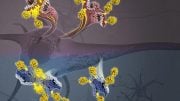
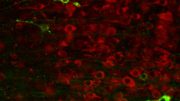
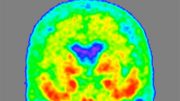
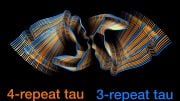
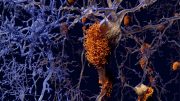
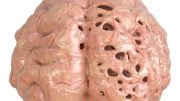


Another mouse experiment. They almost never transfer to humans. They do, however, lead to bogus treatments on Amazon, like the 40 HZ products
Thank you for sharing this study. Please notify me with future research.